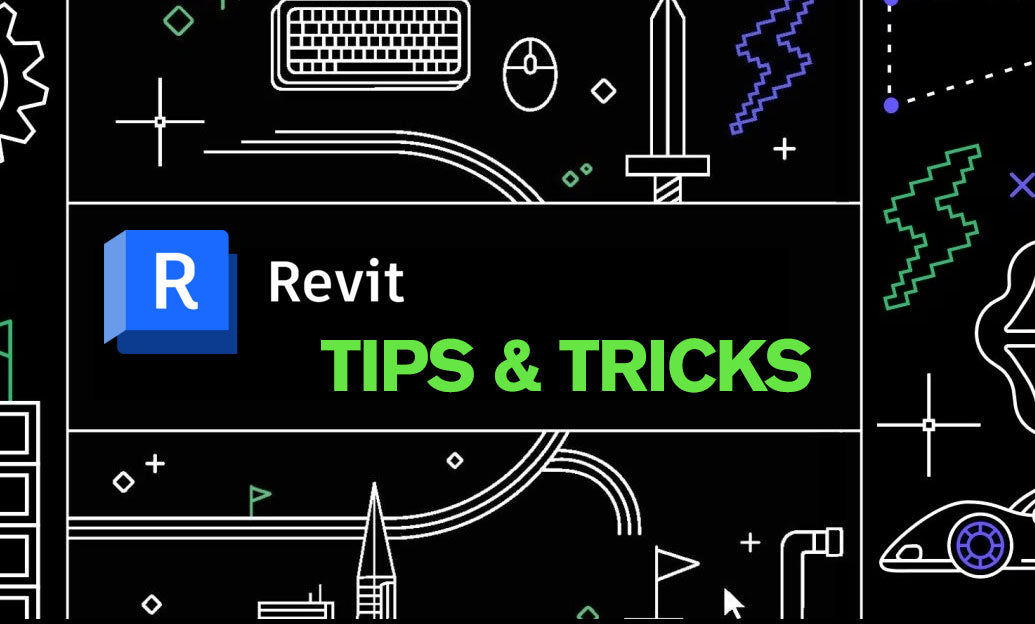Your Cart is Empty
Customer Testimonials
-
"Great customer service. The folks at Novedge were super helpful in navigating a somewhat complicated order including software upgrades and serial numbers in various stages of inactivity. They were friendly and helpful throughout the process.."
Ruben Ruckmark
"Quick & very helpful. We have been using Novedge for years and are very happy with their quick service when we need to make a purchase and excellent support resolving any issues."
Will Woodson
"Scott is the best. He reminds me about subscriptions dates, guides me in the correct direction for updates. He always responds promptly to me. He is literally the reason I continue to work with Novedge and will do so in the future."
Edward Mchugh
"Calvin Lok is “the man”. After my purchase of Sketchup 2021, he called me and provided step-by-step instructions to ease me through difficulties I was having with the setup of my new software."
Mike Borzage
V-Ray Tip: Enhancing Realism in Renders: Mastering V-Ray Grass and Fur for Dynamic Environments
April 01, 2024 2 min read

In today's digital landscape, creating lifelike environments is essential for architects, game developers, and digital artists. V-Ray Grass and Fur are powerful tools that can help you achieve stunning realism in your renders. At NOVEDGE, we understand the importance of these features and have compiled a tip to help you utilize V-Ray Grass and Fur to their fullest potential. Here's how you can create more dynamic and realistic environments:
- Start with the Basics: To create grass or fur in V-Ray, first apply the V-Ray Fur modifier to your selected geometry. This will generate numerous strands that can simulate grass, carpets, or fur.
- Control with Parameters: V-Ray Fur comes with a set of parameters allowing you to control the length, thickness, and distribution of the strands. Taking the time to adjust these settings can drastically improve the realism of your scene.
- Distribution Maps: To avoid uniformity and add natural variation, use distribution maps. These grayscale textures control where and how dense the fur or grass will appear, letting you simulate paths, clearings, or worn-out areas.
- Length Variation: Real-world grass isn't uniform in height. Use the variation and gravity parameters to simulate natural growth patterns and the effect of weight on longer strands.
- Color Variation: Introducing subtle color variations can add depth and authenticity. Use V-Ray's MultiSubTex tool to randomize colors among strands, simulating the multitude of hues found in natural landscapes.
- Wind and Motion: To bring your scene to life, simulate the effect of wind using the bend direction and bend start parameters. Animating these can give the impression of a breeze flowing through the grass or fur.
- Optimize for Performance: Fur and grass can be render-intensive. Optimize your scene by reducing the amount of fur in areas further from the camera and using V-Ray Proxy to represent fur geometry in the distance.
- Combine with V-Ray Displacement: For areas that need extra detail, such as ground patches where grass meets the dirt, combine V-Ray Fur with Displacement Maps to add more complexity to the surface itself.
- Rendering Considerations: Adjust the render settings for fur in the V-Ray Object properties. This can help you manage the balance between render quality and time, especially important when dealing with large amounts of fur or grass.
- Post-Processing: Sometimes, the final touch is added in post-processing. Use the V-Ray Frame Buffer to tweak color corrections or integrate your rendered grass or fur into the rest of the scene.
By utilizing these tips, you can enhance the naturalism in your V-Ray renders, whether you're crafting a serene meadow or a lively urban park. Remember to visit NOVEDGE for more information and resources to further refine your skills in creating lifelike environments with V-Ray Software.
You can find all the V-Ray products on the NOVEDGE web site at this page.
Also in Design News

Revit Tip: Optimizing Revit Project Unit Management for Consistency and Accuracy
May 10, 2025 2 min read
Read MoreSubscribe
Sign up to get the latest on sales, new releases and more …




